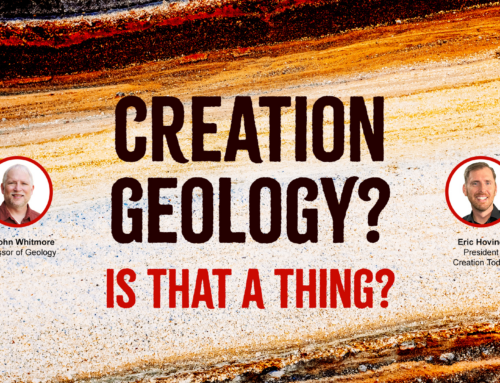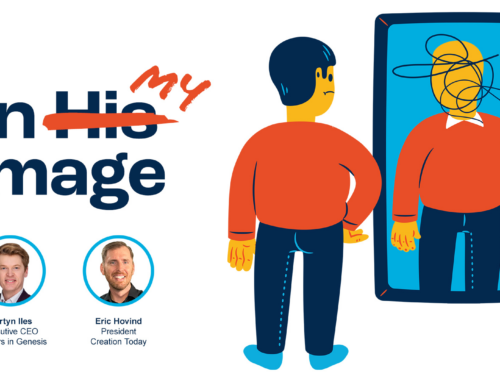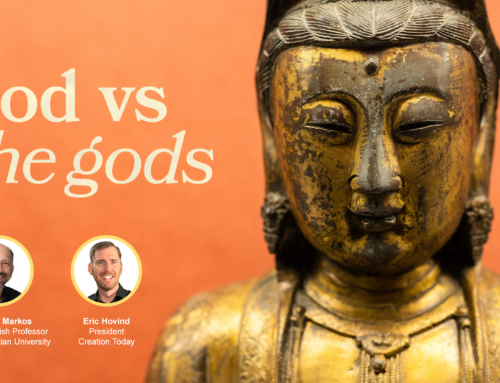Few things in creation are as beautiful or wonderful as a rainbow. It is a scientific phenomenon that can be expressed in terms of numbers associated with frequencies and wavelengths of light, and it is also an artistic object, enjoyed because of its beauty.
The Science of the Rainbow

Light dispersion spectrum
The rainbow is based on some basic principles of physics. Isaac Newton’s famous experiment on white light utilized a clear prism—a Toblerone-shaped piece of glass or Plexiglas. White light is shone into the prism at such an angle that it bends towards the normal (vertical). On emergence from the prism, the light bends away from the new normal, but, because they are set at a triangle shape, this merely increases the bending, such that there is an actual observable difference between this bending (or refraction) for light of differing frequencies.

How light is ‘split’ by a prism.
Because violet light has the greatest frequency, and hence the shortest wavelength, of visible light, it is bent to a greater angle than red light, at the opposite end of the visible spectrum. The trouble with scientific statements like these is that they sound cold, but the effect of these different refractions for different frequencies is stunningly beautiful.
Have you noticed how rainbows are always opposite the sun? If you are facing the rainbow, then the sun is behind you. A similar refraction happens with spherical raindrops, but in this case, because the internal angles of the light rays are greater than the critical angle of water, the rays undergo total internal reflection before they are refracted again as they leave the water drop. Once again, the effect is stunningly beautiful, as you can see in the photo of a double rainbow, obtained from Wikipedia Commons.

Refraction in a raindrop
God’s Covenant with Noah
What a spectacular and appropriate phenomenon it is, therefore, that God chose to use a rainbow as a sign of the covenant He made with Noah. Were there rainbows before the Flood? That depends on whether or not there was rain before the Flood. On that matter, I simply don’t have the answer. Personally, I think that there wasn’t any rain before the Flood, because raindrops require dust particles around which to coalesce. If I am right, then God was using a new natural phenomenon in a new world to signify this new covenant with His creation.1 However, there are some creationists who would say that God was utilizing an existing phenomenon and giving it a new purpose. Whichever position is correct, we should note that this so-called Noahic Covenant is really a covenant with the whole human race, whether we all realize it or not. For this reason, all the provisions of this Noahic Covenant are still in operation today. It can be referred to as the covenant of common grace because it is God’s commitment to all humanity, whether they serve Him or not. It is a covenant that is designed to set forth the articles of good governance. And we should note that God takes ownership of this covenant—He describes it as “My covenant” (Genesis 9:11) and the sign of the covenant is “My rainbow” (Genesis 9:13).

from Wikipedia Commons (License CCA2)
- Some people use Genesis 2:5 to suggest that there was no rain before the Flood. However, Genesis 2:5 actually only indicates that there was no rain before God created Adam, so I cannot use it as a “proof text” for my opinion that there was no rain before the Flood. ↩






